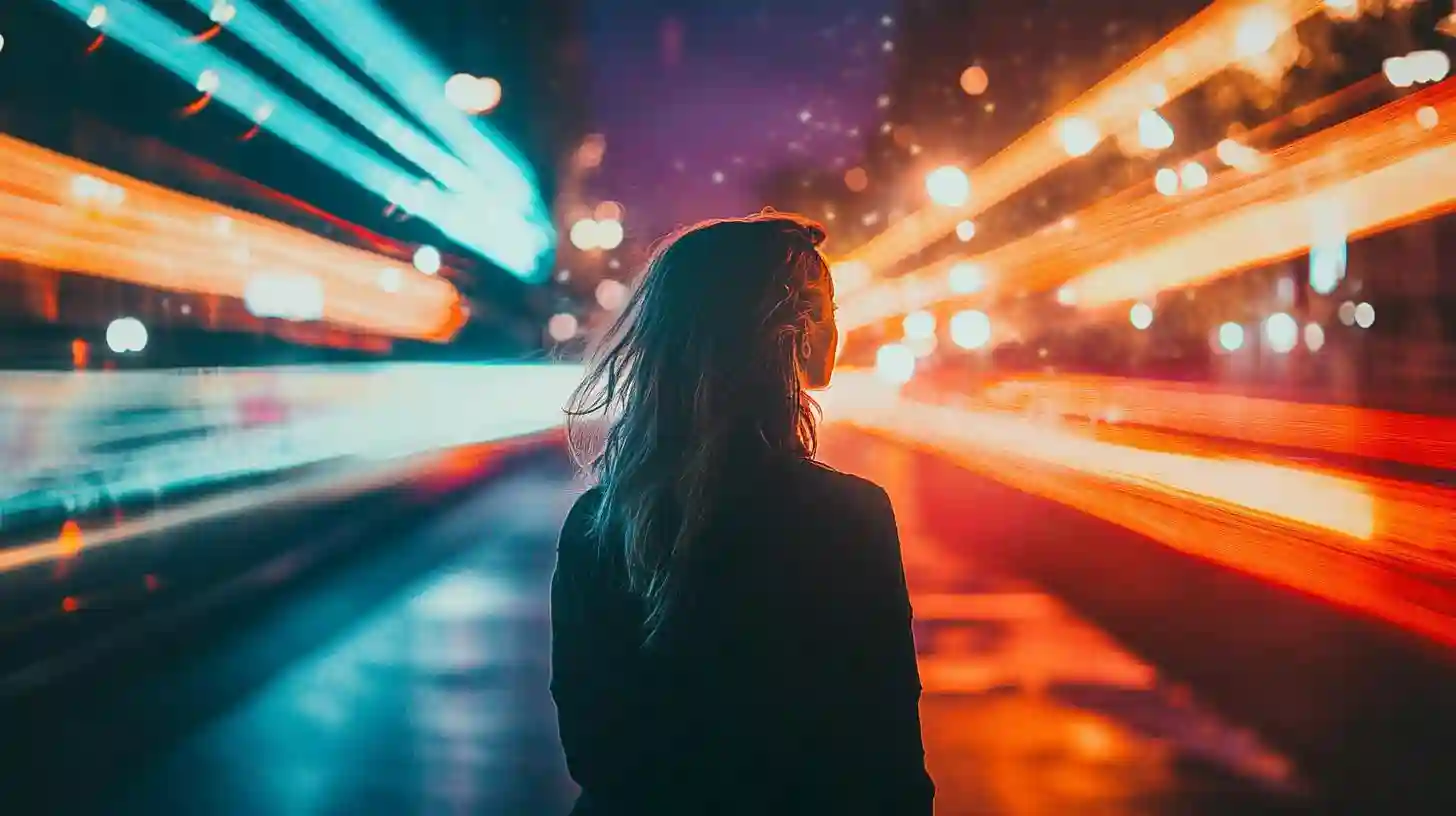
Long exposure photography is a captivating technique that allows photographers to capture the world in a way that reveals motion and time in stunning detail. It involves using a slow shutter speed to allow more light to enter the camera sensor over an extended period, creatively blurring elements in the frame, such as moving water, clouds, or even bustling city life. This method can profoundly change the visual dynamics of a scene and elevate your photography to extraordinary levels. To master the art of long exposure photography, it is essential to grasp a few fundamental concepts and learn how to manipulate your camera settings.
Before delving into technical aspects, selecting the right location is crucial. Ideal venues include natural landscapes such as waterfalls, oceans, and rivers, where moving water can create smooth and silky effects, or urban environments where traffic lights and motion can lead to mesmerizing light trails. Look for places where you can showcase contrast between static elements, like rocks or buildings, and dynamic elements such as rushing water or flowing clouds. The contrast will enhance the overall impact of the photograph, giving it depth and interest.
Choosing the right time of day plays a significant role in long exposure photography. The golden hour, shortly after sunrise or before sunset, is particularly poignant for its warm light and softer shadows. During these times, the colors tend to be more vibrant and the light more diffuse, making scenes more captivating. However, night photography is equally enchanting, with city lights providing beautiful illumination that can contrast dramatically against darker skies. Experimenting with different times of day will help you discover unique results and broaden your skillset.
Camera settings are the backbone of successful long exposure photography. To initiate a long exposure shot, you typically need to set your camera to manual mode. Adjust the shutter speed to allow more light to enter the camera for an extended time. The duration can vary depending on the desired effect, which may range from seconds to several minutes. It’s advisable to start with shorter exposures and gradually increase the time as you become more familiar with controlling the results. Remember, longer exposures can lead to more light saturation, so monitoring your settings is vital to avoid overexposure.
To facilitate long exposure photography, a sturdy tripod is indispensable. Keeping the camera steady is fundamental, as even slight movements can spoil an otherwise perfect shot. Whether you’re using a compact travel tripod or a heavy-duty professional model, ensure it is securely placed and adjust for any angles or uneven terrain. Additionally, employing a remote shutter release or using the camera’s self-timer can help minimize shake that might come from pressing the shutter button directly, allowing for a clean capture.
Filters also play an essential role in enhancing long exposure photography. Neutral density filters, for instance, reduce the amount of light entering the lens without affecting color, enabling you to use a slower shutter speed even in bright daylight. This versatility opens up a world of possibilities, allowing you to experiment with various atmospheric effects, such as the soft blur of moving clouds or the smooth motion of water surfaces. Having an assortment of filters in your gear can expand your creative potential and enhance the storytelling aspect of your photographs.
Post-processing is often critical in long exposure photography as well. Using editing software can help refine your images, enhancing colors, contrast, and details while allowing you to correct any exposure issues. Techniques like adjusting levels, curves, and sharpening can breathe new life into your captures. Advanced editing techniques such as creating multiple exposures or layering images can also generate unique artistic effects, pushing your long exposure work into innovative territories.
When embarking on your journey in long exposure photography, patience and practice are your best allies. Take the time to experiment with different settings, locations, and times of day. Each element will yield diverse results that contribute to your growth as a photographer. Joining a community or seeking out workshops led by experienced photographers can provide valuable feedback and inspire new creative ideas. Engaging with fellow photography enthusiasts often fuels motivation and helps you embrace challenges, advancing your skills more rapidly.
Long exposure photography is a realm where technical prowess and artistic vision intertwine beautifully. By embracing the myriad techniques involved, you can create enchanting images that tell compelling stories and capture fleeting moments in a way that transcends the ordinary. Each photograph stands as a testament to the skill and creativity you've honed along the journey, inviting viewers to step into a dreamlike world crafted through your lens.